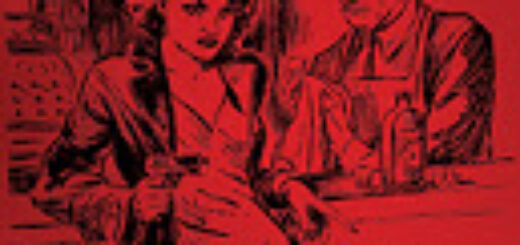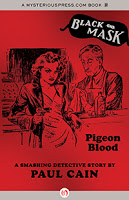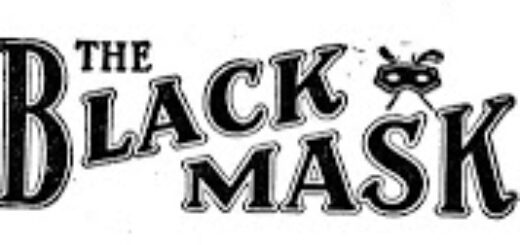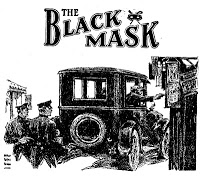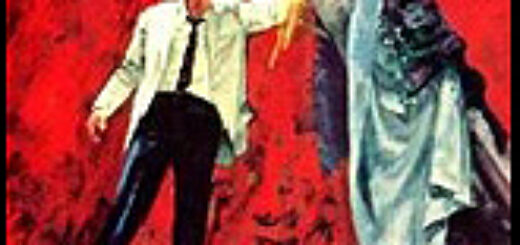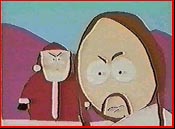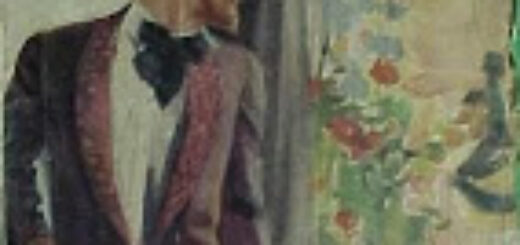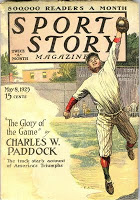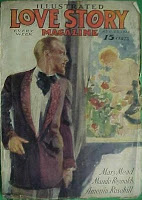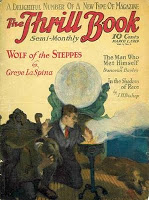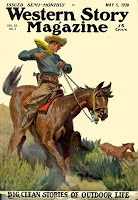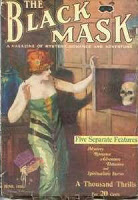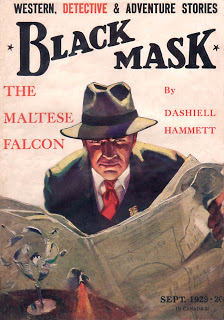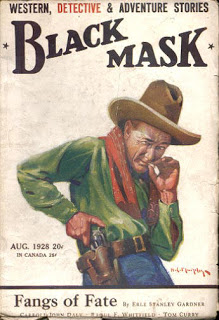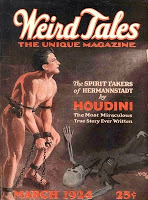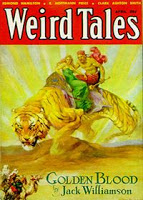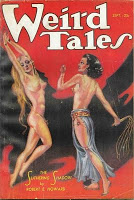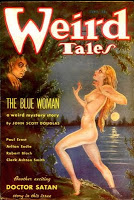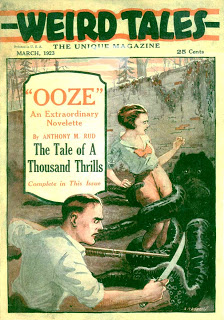Dennis O’Neil: Welcome To Clabdabalum!
 The natives of the planet Clabdabalum use a language which is, at its purest, non-verbal – in fact, non-communicative. However, over the millennia, it has been corrupted by verbal elements. (In Clabdabalum version of the Genesis myth, Adam and Eve are tempted by a grammar text.) This pidgin lingo lacks every part of speech that we Terrans use except one: pronouns. The Clabdabians have only one pronoun and that pronoun has no tense, nor does it have a gender, which is not surprising considering that the Clabdabians themselves have no gender, which may be why they’ve never made it big. (They may or may not have tenses. It’s hard to tell.)
The natives of the planet Clabdabalum use a language which is, at its purest, non-verbal – in fact, non-communicative. However, over the millennia, it has been corrupted by verbal elements. (In Clabdabalum version of the Genesis myth, Adam and Eve are tempted by a grammar text.) This pidgin lingo lacks every part of speech that we Terrans use except one: pronouns. The Clabdabians have only one pronoun and that pronoun has no tense, nor does it have a gender, which is not surprising considering that the Clabdabians themselves have no gender, which may be why they’ve never made it big. (They may or may not have tenses. It’s hard to tell.)
Having only a single pronoun to work with, the Clabdabian writers’ output is pretty sparse and so they have not yet evolved the need for editors. Some might say that this is a sign of advanced intelligence, but I’m not among them. (Editors are splendid creatures who miss godhood by only a dangling participle or two.) But, a Clabdabian might ask, what does an editor do, exactly?
You’re waiting for an answer, aren’t you?
Well, wait! I won’t offer a concise definition because mine is not a one-size-fits-all universe. There seems to be a number of ways to be an editor and I suspect that those who eventually become good at the job decide what has to be done and then find strategies to make the task doable with their own strengths and preferences. They’re also well-advised to beware of their weaknesses and devise tricks to compensate for what they lack.
Okay, now that we have that settled… I will, shyly and timidly, proffer another suggestion. It’s not a good idea to do what I did during my first brief attempt to be a DC Comics editor, way back in the 70s, and that was to make the scripts I edited resemble the scripts I wrote. Though I didn’t realize it at the time, the best I could hope to achieve with this ill-conceived ploy was to get second- or third-rate O’Neil and what I really should have wanted was first-rate (fill in the name of your favorite comics writer). That doesn’t mean give the writer total freedom to do as the writer chooses; I have great respect for people who follow their own muses and produce what they want to produce when they want to produce it. But they, bless them, do not work for companies owned by others, as do many comics writers and almost all movie and television scripters. This need to follow… let’s call them “guidelines…” does not preclude a writer becoming emotionally and intellectually involved in the work. The great Raymond Chandler said that the trick for the commercial writer is to give the boss what he’s paying you for, but get what you want in there, too. He proved it can be done and so have legions of others.
I doubt that any of them were Clabdabian but hey… you never know.
P.S.: “Snut” is the pronoun referred to above.
P.P.S.: Here’s an excerpt from an e-mail I received from Jim McLauchlin:
Hero Initiative is a beneficiary of Amazon Smile. If you sign up Hero as your charitable choice, a percentage of qualified purchases will go to Hero at no additional cost to you! Info: http://smile.amazon.com/about
An easy way to support a worthy organization.
THURSDAY AFTERNOON: The Tweaks!
FRIDAY MORNING: Martha Thomases


